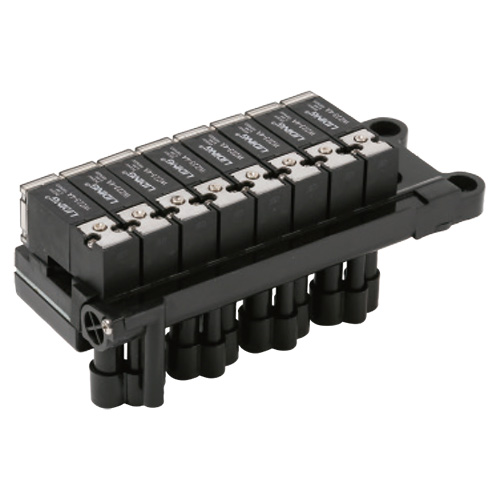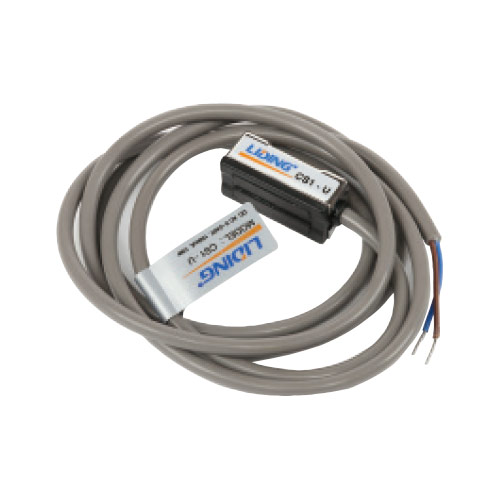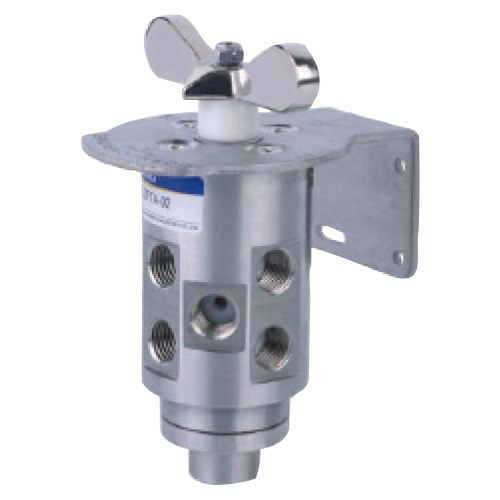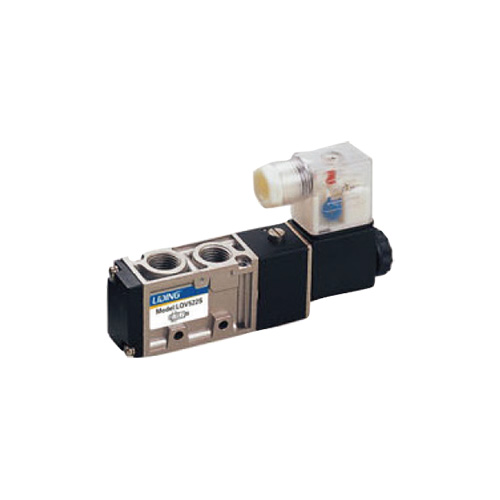5 Port 2 Position Valve Working Principle and Applications
As to the 5-way 2-position pneumatic solenoid valve, th […]
As to the 5-way 2-position pneumatic solenoid valve, the two-position means that two positions, on and off, are controllable; the five-way means there are five ports for air flow, namely one inlet, one positive-action outlet and one reverse-action inlet (one positive-action air source and one reserve-action air source for the target equipment, respectively), one positive-action exhaust vent and one reverse-action exhaust vent. The 5/2-way solenoid valve is usually used together with the double-acting cylinder.
How 5/2 Way Pneumatic Valve Work
The 5/2 compressed air valve works the same way as the 4/2 style air valve.
The 5/2 valve will have two actuator ports that are plumbed to the air actuator ports. When compressed air is supplied to the 5/2 valve it will pass through the valve. Air will flow to just one of the two actuator ports, however.
When the 5/2 valve is operated, the spool or poppet inside the valve moves. Compressed air is then directed to the other actuator port. The previously charged line is then opened to atmosphere, thus allowing it to become the exhaust line from the actuator and out to atmosphere.
As the valve shifts, the actuator rod is extended or retracted alternatively; hence the term double acting.
The home position for the actuator (whether it’s an extended or retracted rod or, if a rotary actuator, rotated in one direction or the other) will be determined by the requirements of the air circuit. The 5/2 valve is plumbed to ensure that air is supplied to the appropriate actuator port to achieve the desired rod position when the air valve is at rest.
The other actuator port will then be open to exhaust, allowing air from one side of the air actuator piston to escape, as a compressed air supply flows into the other actuator port.
Typical applications
5/2-way valves are used to actuate double acting pneumatic actuators, such as pneumatic cylinders, rodless cylinders, grippers and rotary actuators. Double acting actuators require compressed air to move in both directions. To decide whether a mono-stable or bi-stable 5/2-way valve should be applied, it is necessary to know more about the system’s design and requirements.
The following information is needed to decide which valve can be used:
How many actuators are in the system?
How many I/O ports are available on the PLC?
Actuator’s positions
Normal working conditions
Safety requirements
More informatino please visit nblida.com








